Tag: Peszér-forest
Ant army marches on a dead wood – video
2019. July 20.
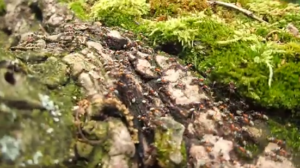 It is also clear from our recent video that the presence of dead wood in various forms and amounts is an important condition for the conservation of species rich communities in temperate deciduous forests.
It is also clear from our recent video that the presence of dead wood in various forms and amounts is an important condition for the conservation of species rich communities in temperate deciduous forests.
Read more...
Araneus diadematus – video from Peszér-forest
2019. July 16.
 The spider species Araneus diadematus is commonly called the European garden spider, diadem spider, orangie, cross spider and crowned orb weaver.
The spider species Araneus diadematus is commonly called the European garden spider, diadem spider, orangie, cross spider and crowned orb weaver.
Read more...
Neptis sappho in Peszér-forest – video
2019. July 15.
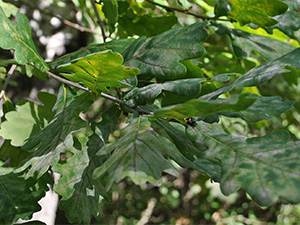 Neptis sappho, the Pallas’ sailer or common glider, is a nymphalid butterfly found in Central Europe, Russia, India and other parts of temperate Asia and Japan.
Neptis sappho, the Pallas’ sailer or common glider, is a nymphalid butterfly found in Central Europe, Russia, India and other parts of temperate Asia and Japan.
Read more...
Bird’s-nest orchid (Neottia nidus-avis)
2019. June 11.
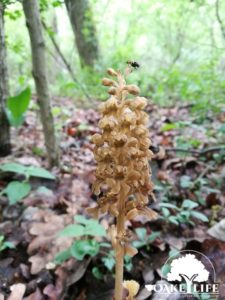 This is a protected decaying orchid species. In the Peszér-forest we can find it more often in the closed oak groves.
This is a protected decaying orchid species. In the Peszér-forest we can find it more often in the closed oak groves.
Read more...
Southern festoon (Zerynthia polyxena)
2019. June 10.
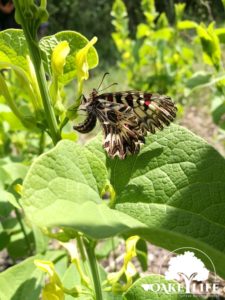 Our protected day-flying moths. The only host plant of the caterpillar is the European birthwort, which is a very common plant species, it occurs several times in the Peszér-forest, so the birthwort butterfly can be found in several places.
Our protected day-flying moths. The only host plant of the caterpillar is the European birthwort, which is a very common plant species, it occurs several times in the Peszér-forest, so the birthwort butterfly can be found in several places.
Read more...
Kindergarteners from Kunpeszér watched the swarming of Euphydryas maturna
2019. May 24.
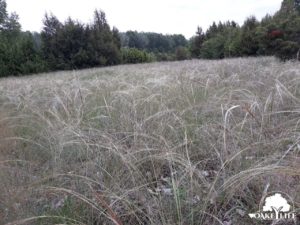 Over the past week (mid-May), a number of daytime butterfly species, including one of the area’s specialties, Euphydryas maturna, have been mass-swarmed in the Peszér-forest.
Over the past week (mid-May), a number of daytime butterfly species, including one of the area’s specialties, Euphydryas maturna, have been mass-swarmed in the Peszér-forest.
Read more...
Tarantula of Kiskunság is the Lycosa singoriensis
2019. May 9.
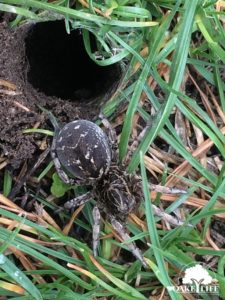 Like most areas of Kiskunság, the Songarian spider (Lycosa singoriensis), the largest spider species in Hungary, occurs in the Peszér-forest.
Like most areas of Kiskunság, the Songarian spider (Lycosa singoriensis), the largest spider species in Hungary, occurs in the Peszér-forest.
Read more...
The Ophrys are blooming in the Peszér-forest
2019. May 8.
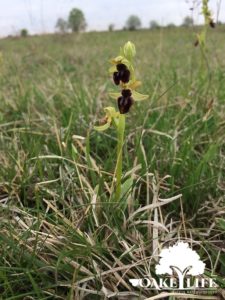 In the Peszér-forest, four Ophrys species can be found in the nature conservation area of special importance: the spider orchid (Ophrys sphegodes), the fly orchid (Ophrys insectifera), the bee orchid (Ophrys apifera) and the stag orchid (Ophrys oestrifera).
In the Peszér-forest, four Ophrys species can be found in the nature conservation area of special importance: the spider orchid (Ophrys sphegodes), the fly orchid (Ophrys insectifera), the bee orchid (Ophrys apifera) and the stag orchid (Ophrys oestrifera).
Read more...
Scarce swallowtail (Iphiclides podalirius) – video
2019. April 17.
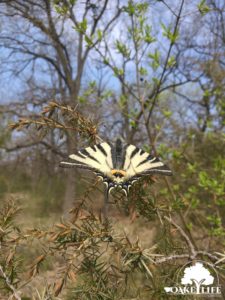 The scarce swallowtail (Iphiclides podalirius) is a butterfly belonging to the family Papilionidae. It is also called the sail swallowtail or pear-tree swallowtail.
The scarce swallowtail (Iphiclides podalirius) is a butterfly belonging to the family Papilionidae. It is also called the sail swallowtail or pear-tree swallowtail.
Read more...
The role and significance of dead wood
2019. March 11.
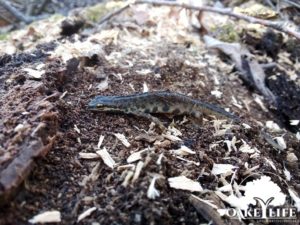 The presence of dead wood in various forms and in appropriate quantities is an important condition for the preservation of species-rich habitats in temperate deciduous forests. Besides organizations that consume dead wood (also) (see our short news on Cucujus cinnaberinus), there are also species that use dead trees as hiding places. These include the smooth […]
The presence of dead wood in various forms and in appropriate quantities is an important condition for the preservation of species-rich habitats in temperate deciduous forests. Besides organizations that consume dead wood (also) (see our short news on Cucujus cinnaberinus), there are also species that use dead trees as hiding places. These include the smooth […]
Read more...
